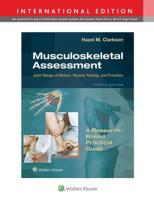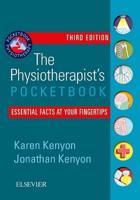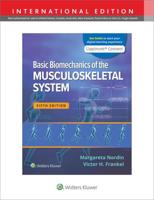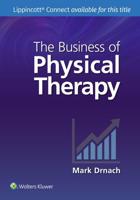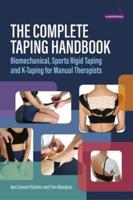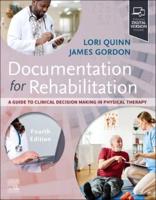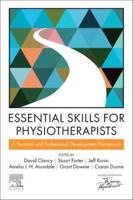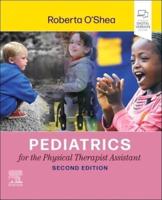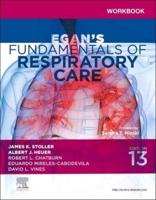Publisher's Synopsis
A true paradigm shift is taking place in the field of neurology. Earlier it was regarded as the science of exact diagnosis of incurable illnesses, re- signed to the dogma that damage to the central nervous system could not be repaired: "Once development is complete, the sources of growth and regeneration ofaxons and dendrites are irretrievably lost. In the adult brain the nerve paths are fixed and immutable - everything can die, but nothing can be regenerated" (Cajal1928). Even then this could have been countered with what holds today: rehabilitation does not take place in the test tube, being supported only a short time later by an authoritative source, the professor of neurology and neurosurgery in Breslau, Otfried Foerster. He wrote a 100-page article about thera- peutic exercises which appeared in the Handbuch der Neurologie (also published by Springer-Verlag). The following sentences from his intro- duction illustrate his opinion of the importance of therapeutic exercises and areclose to our views today (Foerster 1936): "There is no doubt that most motor disturbances caused by lesions of the nervous system are more or less completely compensated as a re- sult of a tendency inherent to the organism to carry out as expedient- ly as possible the tasks of which it is capable under normal circum- stances, using all the forces still available to it with the remaining un- damaged parts of the nervous system, even following injury to its sub-

